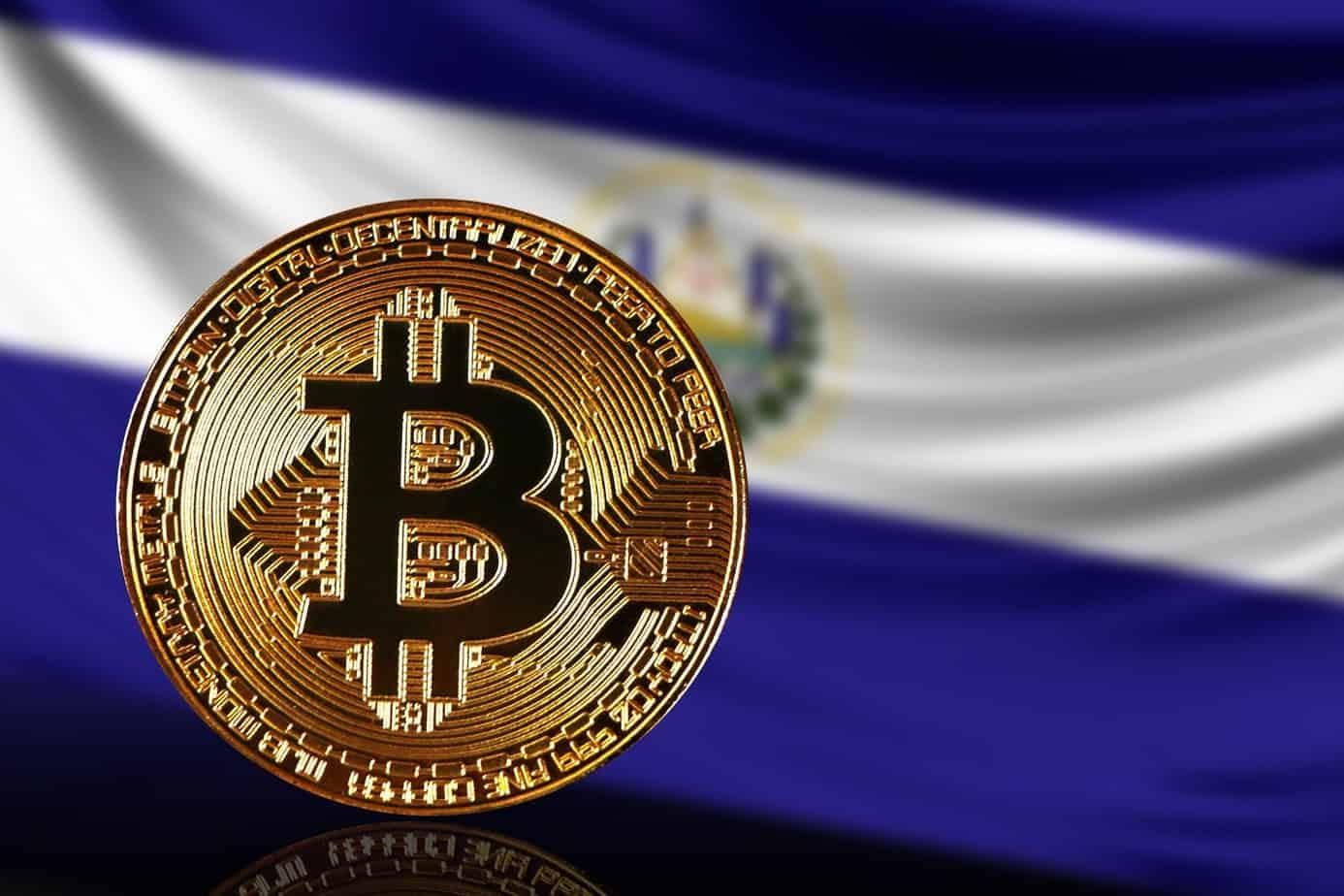2019-2-15 23:10 |
According to a recent report from various news outlets is that miners on the Bitcoin blockchain are mining some of the biggest blocks on record. More specifically, it was reported that, on February 12th this year, there was an average block size of 1.305 megabytes, which make them some of the biggest on record so far.
If anything, the average size of blocks has been creeping up over the last few months, rising from a .6 megabytes, to more than double by this point. It was originally believed that 1MB was the limit on the average size of blocks seen since the introduction of Segregated Witness (SegWit) back in August 2017.
Since the inclusion of the SegWit system, the overall approach towards blocks within Bitcoin in terms of measurement has changed. With overall block size being substituted with block weight, thus allowing for block ‘weights' of 4MB to be a potential. Two years on, and roughly 40 percent of all Bitcoin transactions use Segregated Witness.
In addition to this, SegWit brought with it the prospect for the introduction and growth of external, off-chain scalability solutions to be featured. One of these includes the Lightning Network (LN), which has since been growing at a remarkable rate.
Are These Transactions Legitimate, or Spam on the System?So is this uptick in size coming from the fact that these blocks are just becoming more siezeable? Well it certainly isn't going to be coming from a sudden rise in people using it for domestic payments.
One of those organizations that should be seen as responsible as one of the larger conttributors to this upswing in transactions – ranging from anywhere from 15-20 percent – has come from the startup known as VeriBlock.
This company uses Bitcoins ‘OP_RETURN' outputs in order to embed further data for their own miners, which use a ‘proof of proof' style of system.
VeriBlock miners posted 783,000 transactions to Bitcoin's blockchain in December and are on track for 1,500,000 in January. https://t.co/CdIflq8Htu
— Jameson Lopp (@lopp) January 5, 2019
So is this something that should be observed with some concern? Quite possibly, as it's managed to spark off a debate that hasn't taken place within the ecosystem for some time, that being the ‘transactions or spam' argument due to the large share of blockchain data that VeriBlock has been contributing.
“I think if it pays the fee it’s not spam,” says developer Riccardo Casatta.
“However, VeriBlock made about 1 million bitcoin tx with op_return from the 1st of December 2018, they call Proof of Proof but is it more Proof of Spam? Why more than one tx per block?”
I think if it pays the fee it's not spam, however @VeriBlock made about 1 million bitcoin tx with op_return from the 1st of December 2018, they call Proof of Proof but is it more Proof of Spam? Why more than one tx per block? https://t.co/As40AAr57E
— Riccardo Casatta (@RCasatta) January 5, 2019
There are those that do think to the contrary, however. One of them being the CTO of Casa – Jameson Lopp, who adds the question of whether VeriBlock has the potential to sustain this observedly ‘inefficient' activity on a longer term basis.
Especially considering the prospect that transaction fees do not stay at their current low levels. He argued the following.
“Source of the now-highest volume of OP_RETURN outputs has been identified as VeriBlock “proof of proof” miners. They are creating around 20% of all BTC transactions now. Seems inefficient to me; will be interesting to see if the incentives work long term.”
Regardless of the outstanding question of who exactly is paying for these various transactions, the current activity of miners taking on larger blocks with respective transaction fees sitting at a record low demonstrates something quite positive. That being the possibility that Bitcoin is, at the moment, scaling upwards towards far broader adoption.
One way that this argument is given greater justification is the fact that daily transactions taking place on chain in terms of volume have increased to a yearly high of over 300,000 at the moment, putting it on par with its boom years.
Bitcoin (BTC), Ethereum (ETH), XRP (Ripple), and BCH Price Analysis Watch (Feb 14th)
origin »Blocknet (BLOCK) íà Currencies.ru
|
|















